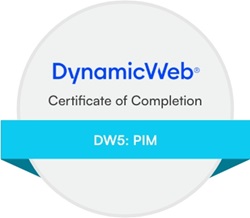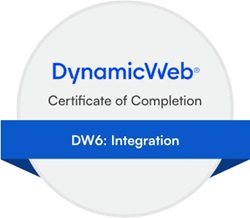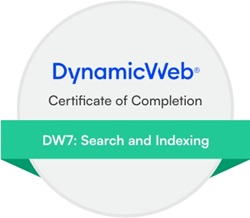Hi guys,
I am trying to do something semi schetcy and it's not working the way I thought. Maybe someone can help...
I am adding a folder to Digital Assets where I upload a picture. I use that picture as an image for a product. I then change the permissions to that folder to None for a group of logged in users. I then expect when logged in as an user to at least not see the image of that product and at best to not see the folder, but I still see it.
Is what I am trying to do impossible and have I missunderstood or is there a way to hide some of the products from some of the users.
















